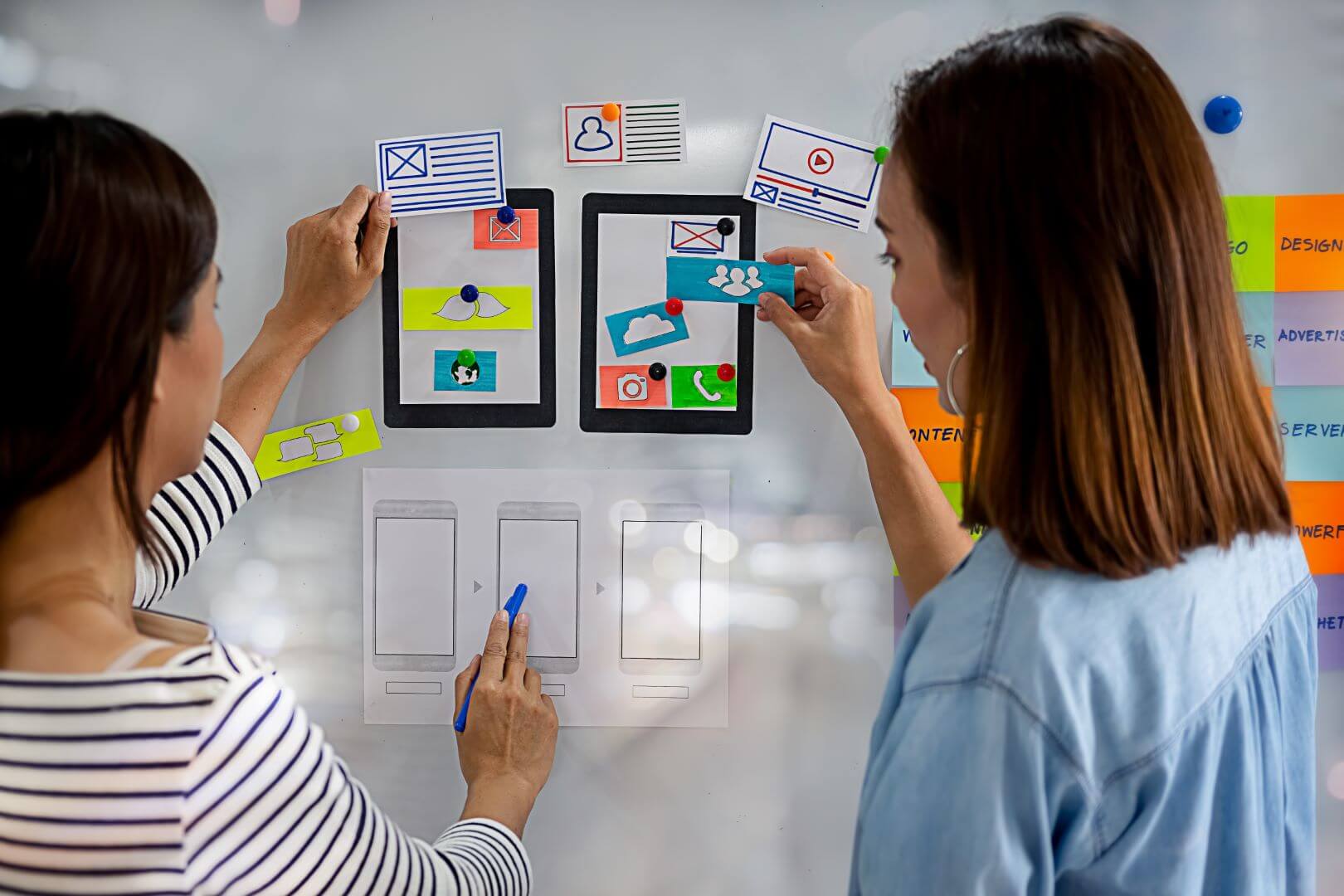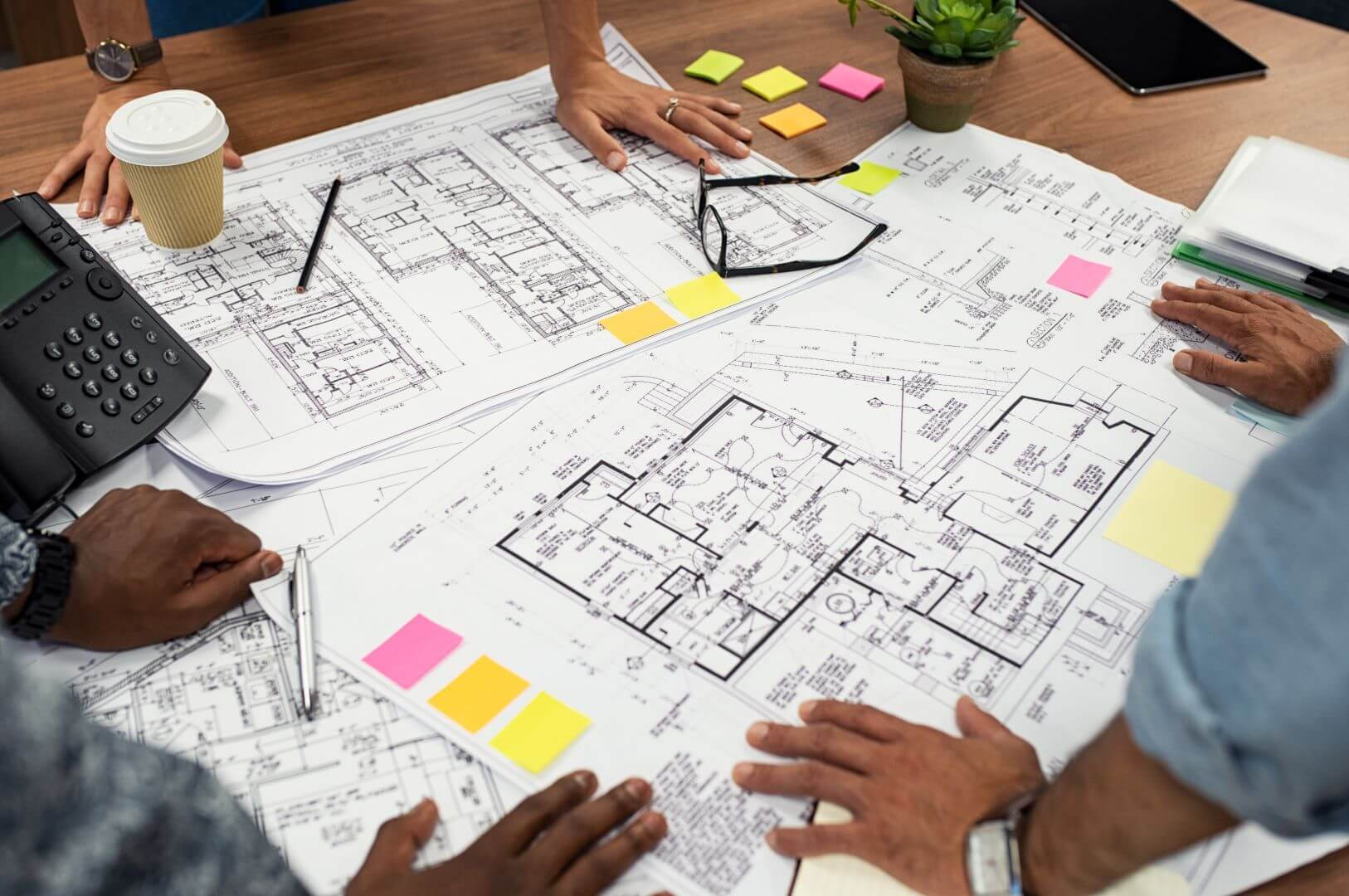UX consulting
Content
User experience (UX) refers to the totality of emotions, impressions and interactions that an individual experiences when using a product, service or digital platform. UX encompasses both functional aspects that affect the efficiency and usability of a product, as well as aesthetic and emotional aspects that influence people’s well-being and satisfaction. A positive UX ensures that a product is easy to understand, enjoyable and effective, which helps to strengthen user loyalty and build long-term customer relationships. UX consulting aims to analyze, improve and optimize this experience in order to best meet the needs and expectations of users.
Our UX consulting at a glance

Customized
software experiences
Only a modern UX and a corresponding software design can deliver a tailor-made user experience: user-centered, user-oriented and sustainable. User-centered thinking does not start with the product or project, but with the corporate culture. That's why we work with you to design a UX strategy for the cultural change to a user-centered company: from the first small impulse to the long-term campaign. Creativity and innovation are the basis for sustainable UX design. Design thinking makes this possible. As consultants and idea providers, we guide you through analyses, workshops, methods and processes. We use our agile toolbox and work with you to develop personas, user journeys, data models and software architecture - for user-centered software design.

Future-proof
development processes
Just as you align your products with the needs of users, we develop our solutions for your project: tailored to your ideas. Optimization outside the box instead of isolated stand-alone solutions. Value-added innovation instead of solution templates from the archive. Agility in processes and IT instead of rigid development cycles. We support you in requirements engineering & management and provide you with a structured but flexible plan and well-founded recommendations for action for your product development. We involve the relevant stakeholders from business and IT at an early stage to ensure acceptance of the new solution. Our central goal: We make your development processes fit for the future.
This is our process in UX consulting
1. As-is analysis
We pick you up where you are: in a naturally customer-centric process, we start with an analysis of your existing roles, processes and products. In doing so, we identify existing strengths and weaknesses, which we can then work on in a value-oriented manner in line with your strategy.
2. UX vision & strategy
We work with you, your employees and stakeholders to develop a shared UX vision for the future. Based on your corporate goals, we develop the path to this vision in an employee-centered UX strategy. This path is described with a concrete action plan, individual milestones and measurable success criteria.
3. UX enabling / optimization
We work through the defined work packages with you point by point. We do not see this approach as linear and rigid, but as iterative, reflective and learning. In this way, we retain the necessary flexibility and agility to react to changing conditions and optimize our approach for you.
4. UX capability
We put you in a position to manage your strategy yourself from a certain point and to continuously pursue it in line with your vision. Established tools, standards, processes and methods are documented and deeply anchored in your organization. Through coaching, training and enabling, we put our experience and expertise in your hands and make your company sustainable and independent.
Your contact person

– Benedikt Lux, Ventum Consulting
Our partners
This is the difference between user experience and usability
User experience (UX) and usability are two closely related yet distinct concepts that play a central role in the design of products, websites and applications.
Usability focuses on the efficiency and practicality of a product or application. It is about how easily and effectively users can complete a specific task with a product. Usability includes aspects such as the clarity of the user interface, the efficiency of navigation and the avoidance of errors. A good example of usability would be a website where the navigation is logical and simple so that visitors can quickly find what they are looking for without getting lost or frustrated.
In contrast, user experience (UX) encompasses a broader range of elements that influence a user’s overall experience. This includes usability, but goes far beyond it. UX takes into account the emotions that a person feels when interacting with a product or platform. In addition to usability as a basis, aesthetic design, emotional resonance, brand perception and general satisfaction are also included. A website can have excellent usability. However, if it is visually unattractive and does not evoke positive emotions, the overall user experience can still be negative.
In summary, usability is part of the user experience. It focuses on the efficiency and usability of a product. User experience, on the other hand, encompasses the entire range of interactions and emotions that a user experiences with a product. Both aspects are important for creating high-quality products and improving usability, but UX places a stronger focus on the holistic experience and the emotional connection between user and product.

Typical elements of UX consulting
User-centered software development
We use agile methods to develop the concept for your software. In iterative steps, we work with you to develop personas, user journeys, data models and software architecture and keep the threads together in consistent documentation. The focus is always on the needs of the user. As early as the design phase, we use low- and high-fidelity mock-ups to make it possible to experience how the software will feel once it has been implemented. By involving the relevant stakeholders from the specialist area and IT in our workshops and processes at an early stage, we continuously ensure the acceptance of the resulting solution.
Requirements management
The structured recording of user requirements is the basis of your software. Requirements engineering forms the basis for the design, implementation and performance of your project. This process typically involves two challenges: Firstly, assessing the relevance as well as prioritizing (new) requirements and secondly, establishing structuring processes. We record the functional and technical requirements and transfer them into a prioritized product backlog. We also ensure structured maintenance, detailing and updating in clear and coordinated processes. This gives you an organized roadmap for your project.
Design Thinking
Creativity can be shaped. With design thinking, we open up the solution space together with you and explore the best solutions. We use iterative approaches to get closer to the optimum result and validate the interim results through early prototyping and testing. The focus is always on the persona and their user journey. Ventum Consulting guides you through the design thinking process as a methodical coach, consultant and idea generator and summarizes the solutions for the subsequent implementation phase in a structured manner.
Typical elements of UX consulting
More articles on the topic of user experience
Frequently asked questions about UX consulting
UX consulting refers to professional support and advice in the area of user experience (UX) – the user experience when interacting with digital products or services.
Experts in the field of UX consulting analyze user behavior, conduct usability tests, identify optimization potential and provide well-founded recommendations for action to improve user-friendliness and satisfaction. The aim is to create a positive, efficient and appealing user experience by addressing the needs, expectations and behaviors of the target group. UX consulting services include the integration of design principles as well as technical aspects to ensure a holistic and successful user experience.
User interface (UI) and user experience (UX) are two closely related yet distinct concepts in the design of digital products. The user interface (UI) refers to the visual design and interaction elements of a user interface, such as buttons, icons and colors. It is what users see and touch directly.
On the other hand, user experience (UX) refers to the overall user experience, including all aspects of a user’s interaction with a product or service. This includes the user interface (UI), but goes beyond that by considering aspects such as usability, efficiency, accessibility and user emotions. While UI focuses on visual design, UX is a broader concept that addresses the overall quality of the user experience. Overall, both elements are crucial to creating successful and engaging digital products.
UX design encompasses a variety of disciplines and activities aimed at creating a positive and effective user experience for digital products. This includes user research to understand the needs and behaviors of the target audience, information architecture to plan the structure and conception of content, wireframing and prototyping for the visual representation of user interfaces, and usability testing to evaluate usability.
In addition, interaction design plays an important role in designing user interactions with the product. Graphic design and visual aesthetics are also part of UX design to create an appealing and coherent user interface. Ultimately, UX design strives to seamlessly integrate all of these elements to ensure a holistic and positive user experience.
Good user experience (UX) is characterized by several key elements. First of all, thorough user research is crucial to understand the needs, expectations and behaviors of the target audience. A clear information architecture and sensible structuring of content help users to easily find what they are looking for.
Furthermore, good UX includes an appealing and consistent design that reflects the brand identity. Effective interaction design ensures that users can navigate seamlessly through the application. Finally, continuous evaluation and optimization based on user feedback and usability testing is crucial to ensure that the product always meets the changing needs of users. Overall, good UX is the result of a comprehensive, user-centered design process.
The user experience (UX) is measured using various quantitative and qualitative methods. Quantitative approaches include metrics such as user satisfaction (e.g. through surveys using the Net Promoter Score), the success rate of tasks, the user conversion rate and efficiency of use. Analysis tools such as heat maps and usage analyses provide insights into the actual behavior of users.
Qualitative methods include usability tests, user interviews and focus groups to gain deeper insights into users’ emotions, needs and perceptions. The combination of quantitative and qualitative data enables a comprehensive assessment of the UX and makes it possible to make targeted optimizations to continuously improve the user experience.
Arrange a non-binding initial consultation now
- Strategic, professional & technical support in digital change
- Pragmatic, creative & excellent to the goal
- Methodical, professional & technological expertise
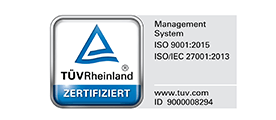
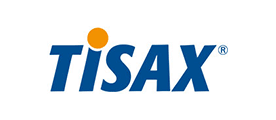
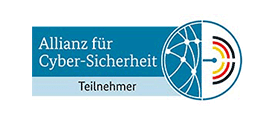
TISAX and ISO certification for the Munich office only

